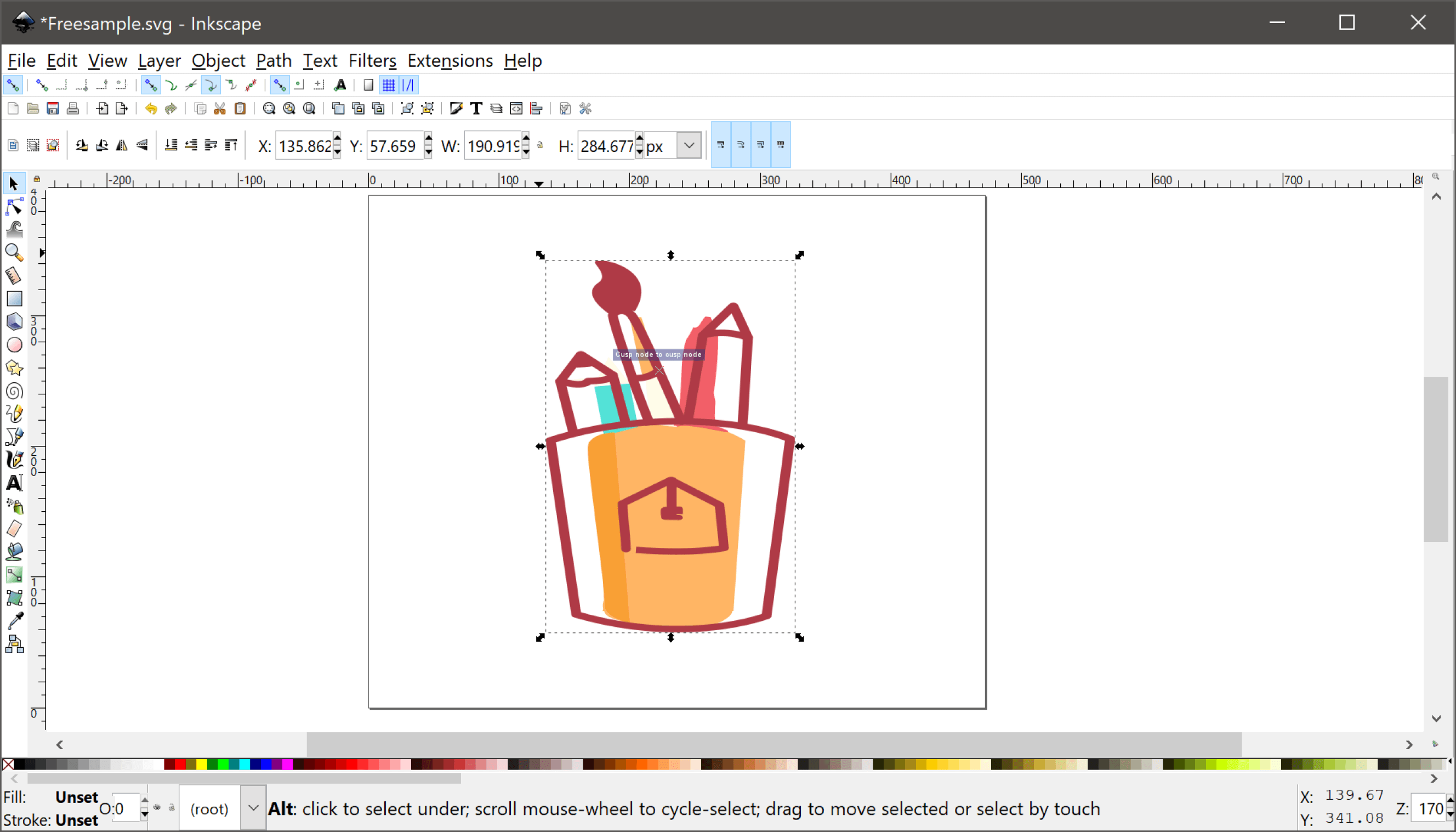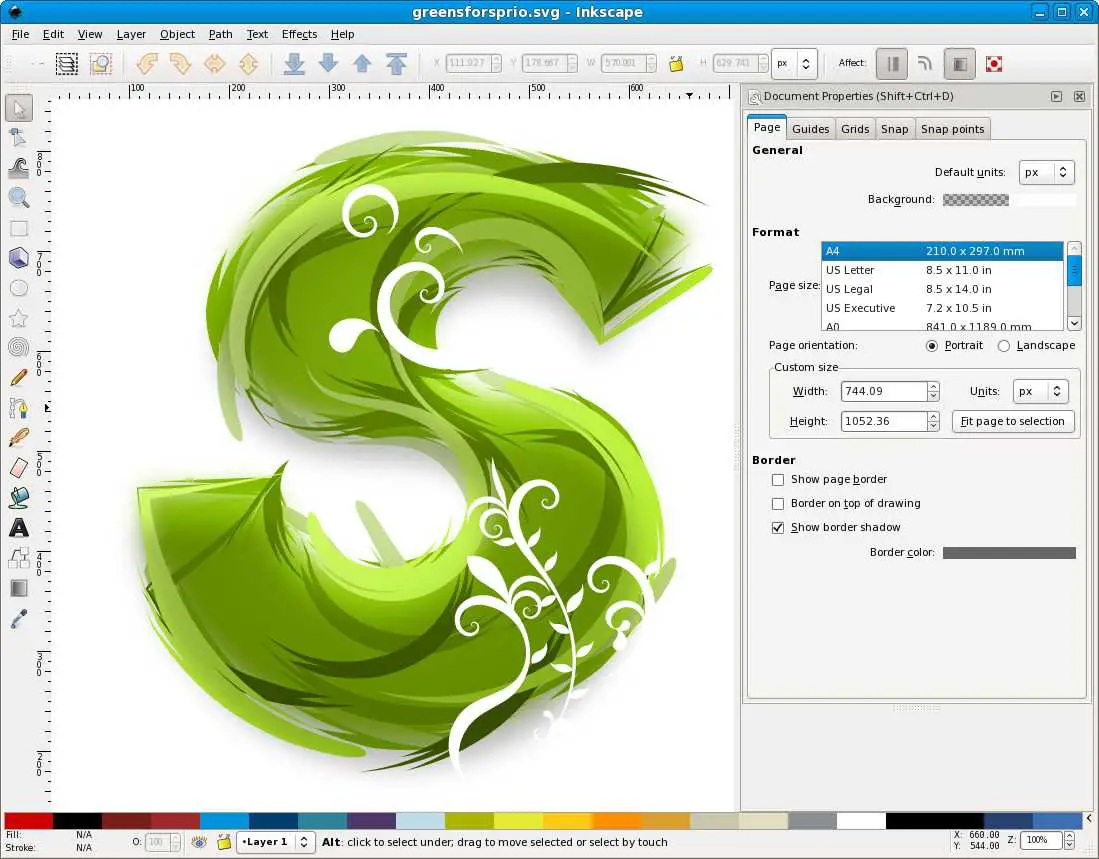
Perhaps, beofre saving, duplicate the traced layer, lock the imported background layer, rename the layers from path-12345 to "tracesettings-x-y-z" etc. I want Inkscape to import a PNG picture, autotrace it with some settings, save it as SVG. I've tried the " action" command-line option inkscape -without-gui -actions="file-open:my.png"Īnd this brings up the small "png bitmap image import" dialog, waiting for me to confirm.Īlso I've tried the verb command line option inkscape -with-gui -verb="FileImport:my.png"Īnd this opens the large "Select file to import" dialog (ignoring my -verb argument) I'd like to convert simple sketches from PNG to SVG.Īnd I want to do this in a Bash for-loop, with different autotrace settings (number of passes ignore Speckles with max X pixels width) etc. Vector graphics (unlike raster graphics) are not made of pixels theyre made of mathematical formulas that dictate all of the properties of a graphic on an X. Then I've realised that Inkscape has "autotrace" now integrated in its codebase.

#Inkscape svg only raster how to#
I've tried to install a package, and to compile it from the source. How to convert raster image to vector SVG for Inkscape Post questions on how to use or achieve an effect in Inkscape. I have tried the old command line tool autotrace on Linux, but I could not get it to run.

Only more complex artwork might cause issues when saved. (most Qs here on SO are the other way around) Simple graphics like this can be saved as SVG and then opened in Illustrator. I want to automate "raster to vector" conversions. 1 Answer Sorted by: 2 Select everything, and do Ungroup Shift + Ctrl + G 5 times to remove all those unnecessary nested groups.


 0 kommentar(er)
0 kommentar(er)
